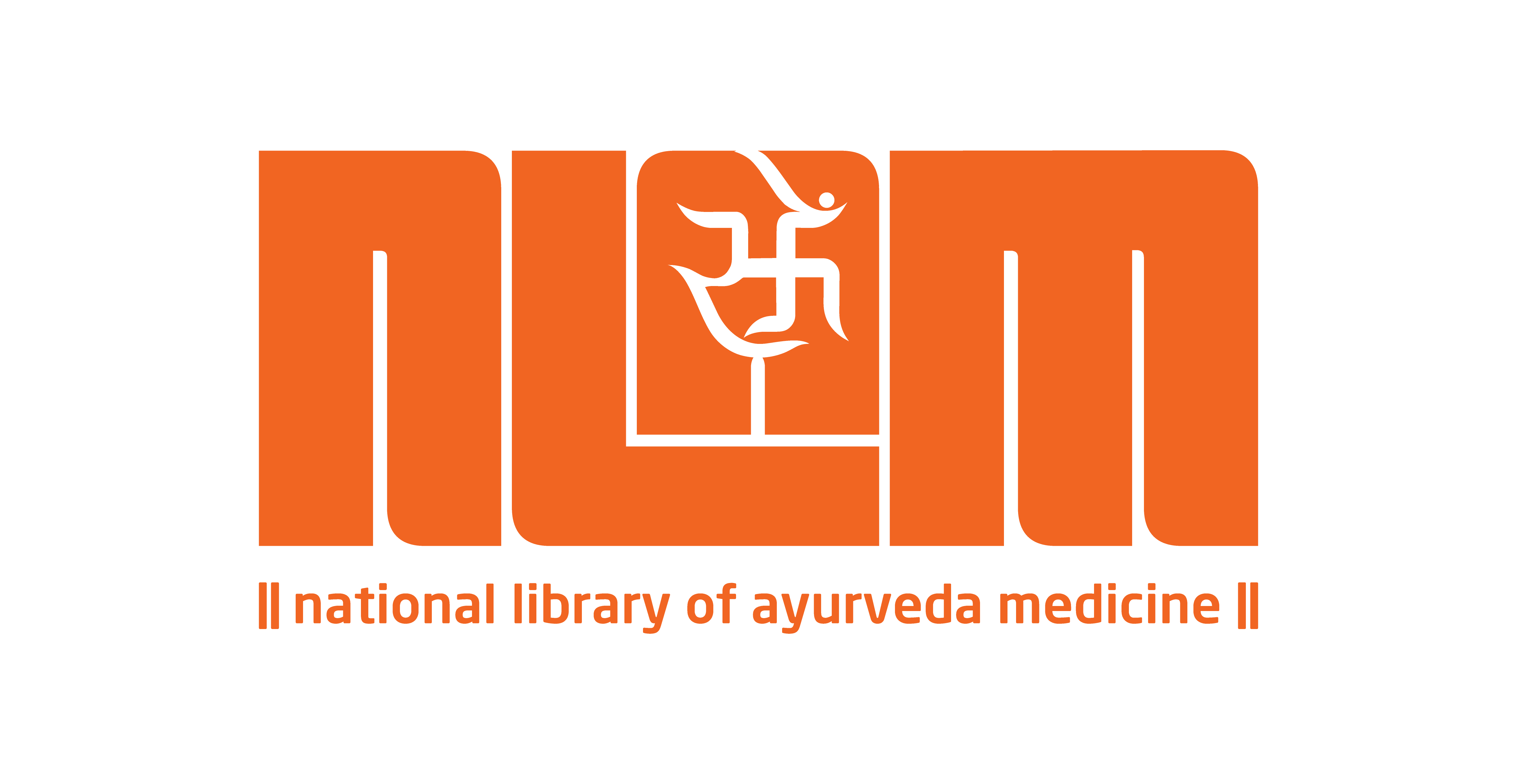


PREPARATION
Amalaki, Haritaki, Bibbhitak, Haridra, Daruharidra, Bruhati, Kantakari, Kachora, Shunthi, Marich, Pippali, Pippalimul (The root of Pippali is known as Pippalimul; Mul == root), Moorva, Guduchi, Dhamasa, Kutki, Parpat, Nagarmustak, Trayamana, Sugandhbala, Nimba Twak (Twak == bark), Pushkarmul, Yashtimadhu, Kutaj Twak, Yavani, Indrajav (Kutaj seeds are called Indrajav), Bharangi, Shobanjan Beej (Beej == seeds), Shudh (purified) Sphatik (Shwet Sphatik), Vacha, Twak, Padmakashta, Usheer, Shwet Chandan, Ativisha, Bala, Shalaparni, Prishnaparni, Vidanga, Tagar, Chitrak Mul (Mul == root), Devdaru, Chavya, Patol Patra (Patra == leaf), Kalmegh, Karanj Beej (Beej == seeds), Lavang, Vanshlochan (Vanshlochan is a powdery extract procured from Vansh plant), Kamal, Kakoli, Tamalpatra, Taalishpatra and Jaatipatra (Leaves of Jaatiphal are known as Jaatipatra) in total of 53 ingredients are collected fresh. The wet plants are dried in shade. On drying the entire contents are pounded to form a coarse powder. The powder is filtered through a muslin cloth. The remaining filterate is again pounded and filtered. The process is repeated till all of the mixture attains a uniform fine grain status in accordance with the Churna definition standards described in the treatise. The resultant mixture is known as Mahasudarshan Churn.
Sudarshan (Maha) Churn - Ingredient Details
NOTE
- Mahasudarshan Churn is described on similar lines in other treatise like Bhaisajyaratnavalli and Yogratnakar. Both theses treatise differ with Siddhyogsangrah with respect to two ingredients; Kalmegh and Karanj Beej. Bhaisajyaratnavalli and Yogratnakar mention the use of Jeevak in place of Kalmegh and Hrishbak in place of Katranj Beej. Jeevak and Hrishbak plants are disputed with respect to their identity. Secondly Kalmegh and Karanj beej mentioned by Siddhyogsangrah are described as potent medicine against fevers as compared to Jeevak and Hrishbak which are more of an adaptogens. Hence many scholars recomend Mahasudarshan Churn as described in Siddhyogsangrah to be better than the other two treatise.
- Trayamana listed as an ingredient in the preparation of Mahasudarshan Churn is a disputed plant with respect to botanical identity. Hence many scholars add Banafsha (Viola odorata, Viola pilosa, Viola serpens) as a substitute to Trayaman in the formulation.
- Kakoli listed as an ingredient in the preparation of Mahasudarshan Churn is a disputed plant with respect to botanical identity. Hence many scholars add Shatavari (Asparagus racemosus) or Sita(crystal sugar) as a substitute to Trayaman in the formulation.
- The resultant Churna texture is described in various treatise in accordance of the size of the particles of the Churna fit for consumption. Herbal powders termed as Churnas are used for internal as well as external application. Internally they are used as nasal snuffs and as consumable medicine. The grain particle size for each of the mentioned application is clearly defined in the texts.




 Your current navigation map.
Your current navigation map.